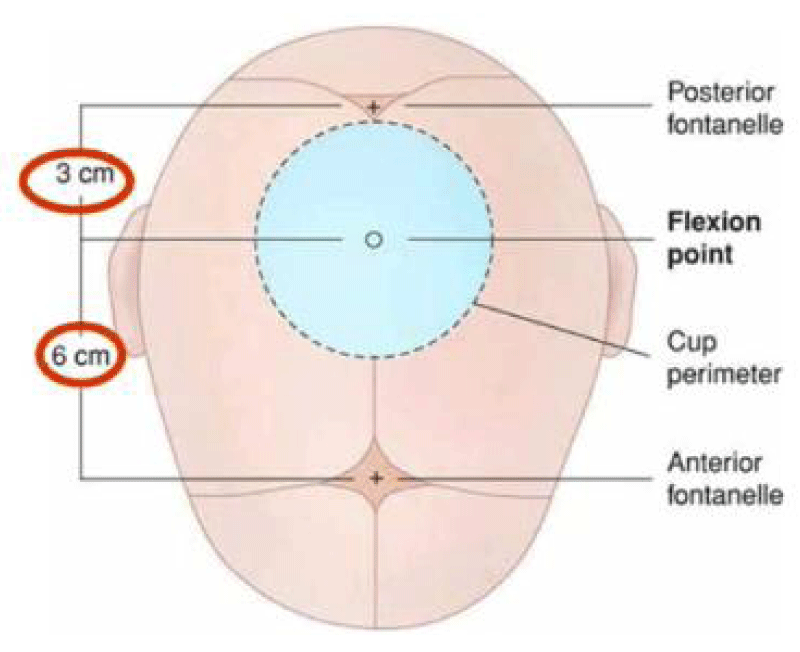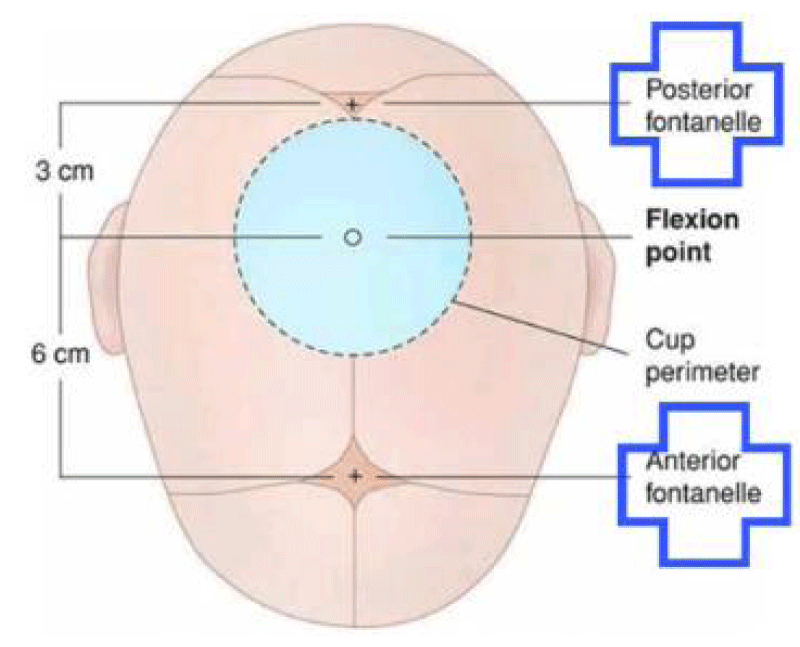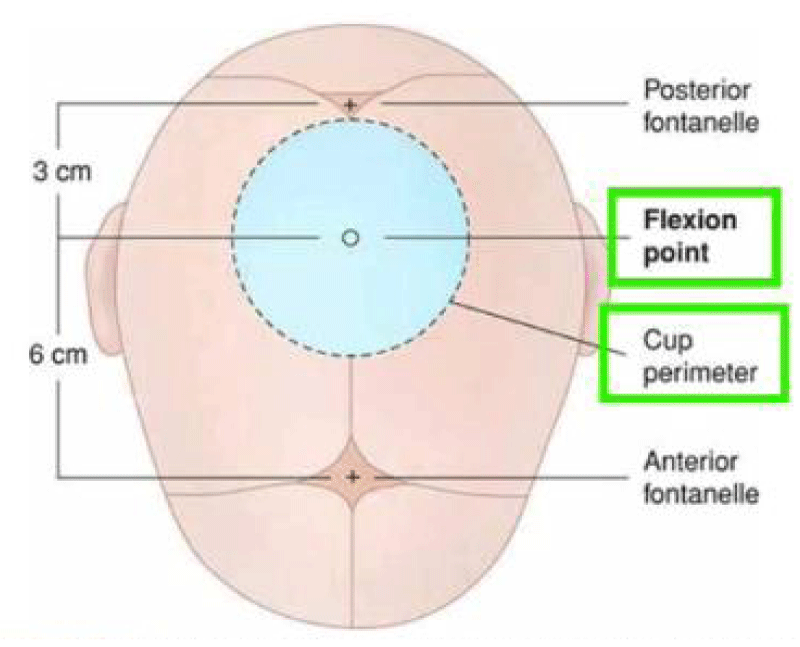More Information
Submitted: December 07, 2020 | Approved: January 02, 2021 | Published: January 04, 2021
How to cite this article: Soltani MA, Jahanbakhsh J, Takhty Z, Shojai A, Sheikh H. The effect of NLP-based approach to teaching surgical procedures to senior OBGYN residents. Clin J Obstet Gynecol. 2021; 4: 001-002.
DOI: 10.29328/journal.cjog.1001075
ORCiD: orcid.org/0000-0003-0580-9223
Copyright License: © 2021 Soltani MA, et al. This is an open access article distributed under the Creative Commons Attribution License, which permits unrestricted use, distribution, and reproduction in any medium, provided the original work is properly cited.
Keywords: Teaching strategies; Surgery; Mental imagery; NLP
The effect of NLP-based approach to teaching surgical procedures to senior OBGYN residents
Mitra Ahmad Soltani1, Jamileh Jahanbakhsh2*, Zahra Takhty3, Azarmindokht Shojai4 and Hengameh Sheikh5
1MD(OBGYN, FMAS), Guilan University of Medical Sciences, Iran
2MD(OBGYN), Shiraz University of Medical Sciences, Iran
3MD(OBGYN), Mashad University of Medical Sciences, Iran
4MD(OBGYN), Ghazvin University of Medical Sciences, Iran
5MD(OBGYN), Uromiyeh University of Medical Sciences, Iran
*Address for Correspondence: Jamileh Jahanbakhsh, MD(OBGYN), Shiraz University of Medical Sciences, Iran, Tel: 00989127964990; Email: [email protected]
Each individual has a unique way of learning which is based on personal background [1]. Neuro Linguistic Programming is an ideology of communicating with an individual. It can be applied in social relations like teaching fields [2]. Each medical student deals with a set of new information in his unique way. For example with regard to the following text on vacuum extraction, one learner focuses on definition, while the other focuses on spelling, and the third one just on shapes [3] (Figures 1-3).
Figure 1: Student A points of focus. Drawing demonstrates correct cup placement at the flexion point. Along the sagittal suture, this spot lies 3 cm from the posterior fontanel and 6 cm from the anterior fontanel.
Figure 2: Student B points of focus. Drawing demonstrates correct cup placement at the flexion point. Along the sagittal suture, this spot lies 3 cm from the posterior fontanel and 6 cm from the anterior fontanel.
Figure 3: Student C points of focus. Drawing demonstrates correct cup placement at the flexion point. Along the sagittal suture, this spot lies 3 cm from the posterior fontanel and 6 cm from the anterior fontanel.
Learning is a change in behavior [4] and NLP is teaching is to change behavior at a subconscious level [5]. By subconscious we mean long term memory or automatic responses in stress like exams or clinical setting. According to NLP strategy people can be divided into Visual, Auditory, tactile and logical tendencies for learning [6].
Teaching surgery is the most challenging among all psychomotor skills. The out of operating room learning experiences are by simulations (including bench models, virtual reality trainers, computer generated models, surgical simulation in live animal models, and surgical simulation in human cadavers), web-based learning and mental imagery or mental practice. Mental imagery is the cognitive rehearsal of a task with or without physical movement [7]. Despite evidence to support its usefulness, the exact role of mental imagery in surgical training has yet to be clearly defined, and there is no ideal way to use this technique. The purpose of this study was to test the effect of NLP- based teaching strategy on the knowledge and attitude of senior OBGYN residents.
This study was a quasi-experimental research about the effect of NLP-based material on the knowledge and attitude of senior level OBGYN residents. Thirty-two residents were selected according to their scores on National Board Exam (written section). The subjects were randomly assigned into two groups. For the experimental group a binaural audio file of brain alpha-wave arousal (primer) followed by a traditional audio file on describing an unfamiliar oncology surgical procedure was played. For the control group the primer was a regular light music followed by traditional audio file based on reading and repeating the same operation. Then a knowledge test was administered for both groups. Using SPSS crosstab analysis, the groups were not significantly different in background knowledge of the surgery (Tables 1,2). The statistical t-test analysis revealed that the experimental group could perform better on post-test (Table 3). Yet, the difference was not statistically significant. A boot strapping test showed that by increasing the number of subjects in the computation, the test would show statistical difference (Table 4). The subjects in both groups had positive attitude to learning by listening. More residents (80%) in the control group suggested video or pictures to be provided with audio files than the experiment (70%).
| Table 1: Scores are not statistically different in terms of background knowledge. | ||||||
| ANOVA Table | ||||||
| Score* groups | Sum of Squares | df | Mean Square | F | Sig. | |
| Between Groups | (Combined) | 2.167 | 2 | 1.084 | 1.134 | .336 |
| Within Groups | 27.708 | 29 | .955 | |||
| Total | 29.875 | 31 | ||||
| Table 2: Although ANOVA test could compare means in terms of covariate (background knowledge), a T test was done which confirms the results of ANOVA test. | |||||||||
| Independent Samples Test | |||||||||
| scores | Levene's Test for Equality of Variances | t-test for Equality of Means | |||||||
| F | Sig. | t | df | Sig. (2-tailed) | Mean Difference | Std. Error Difference | 95% Confidence Interval of the Difference | ||
| Lower | Upper | ||||||||
| Equal variances assumed | .676 | .418 | -1.216 | 26 | .235 | -.431 | .354 | -1.159 | .297 |
| Equal variances not assumed | -1.234 | 25.938 | .228 | -.431 | .349 | -1.148 | .287 | ||
Table 3: The mean score is better in the experiment group. Yet the difference was not significant.
Table 4: Bootstrapping of data to see if the number of subject can make them statistically different at 95% confidence interval.
Considering the expense of simulation-based curriculum for teaching surgery, instruction based on listening is an efficient teaching strategy. By adding Neuro Linguistic Programming principles into this instruction, instructors can introduce variety and enthusiasm to learners of surgery.
- Lezerdoosty F. NLP for teachers, Tehran. Modir Fallah Publication. 2018; 99
- Zamani S. A time for change. Tehran: NLP House of Iran. 2016; 39.
- Cunningham, Leveno, Bloom, et al. Williams Obstetrics. 25th edition. USA: Mc Graw Hill. 2018.
- Bandler R, Grinder J. NLP and a Fast change of behavior. Translated by Homan mojaradzadeh. Tehran: Rahbin Cultural institute. 322.
- Madelli K. Practical NLP. Tehran: Marze Fekr Publication. 2015; 14-48. https://en.wikipedia.org/wiki/Kourosh_Moaddeli
- Bandler R, Grindler J. The structure of magic I. Palo Alto, CA: Science and Behavior Books. 1975. Translated by Amirinia M. in Behavioral Emotion and Body Language book to Persian. Tehran: Arasteh. 2014; 373-374.
- Rock J, Jones H. Te Linde's Operative Gynecology. 11th Edition. USA: Lippincott Williams & Wilkins. 2015.




